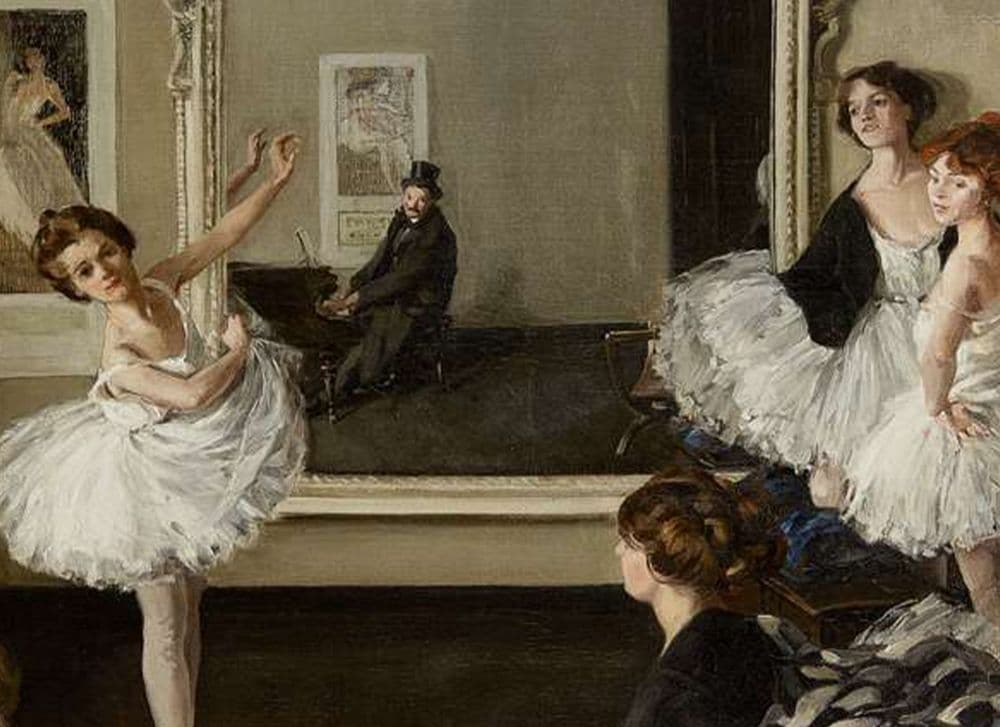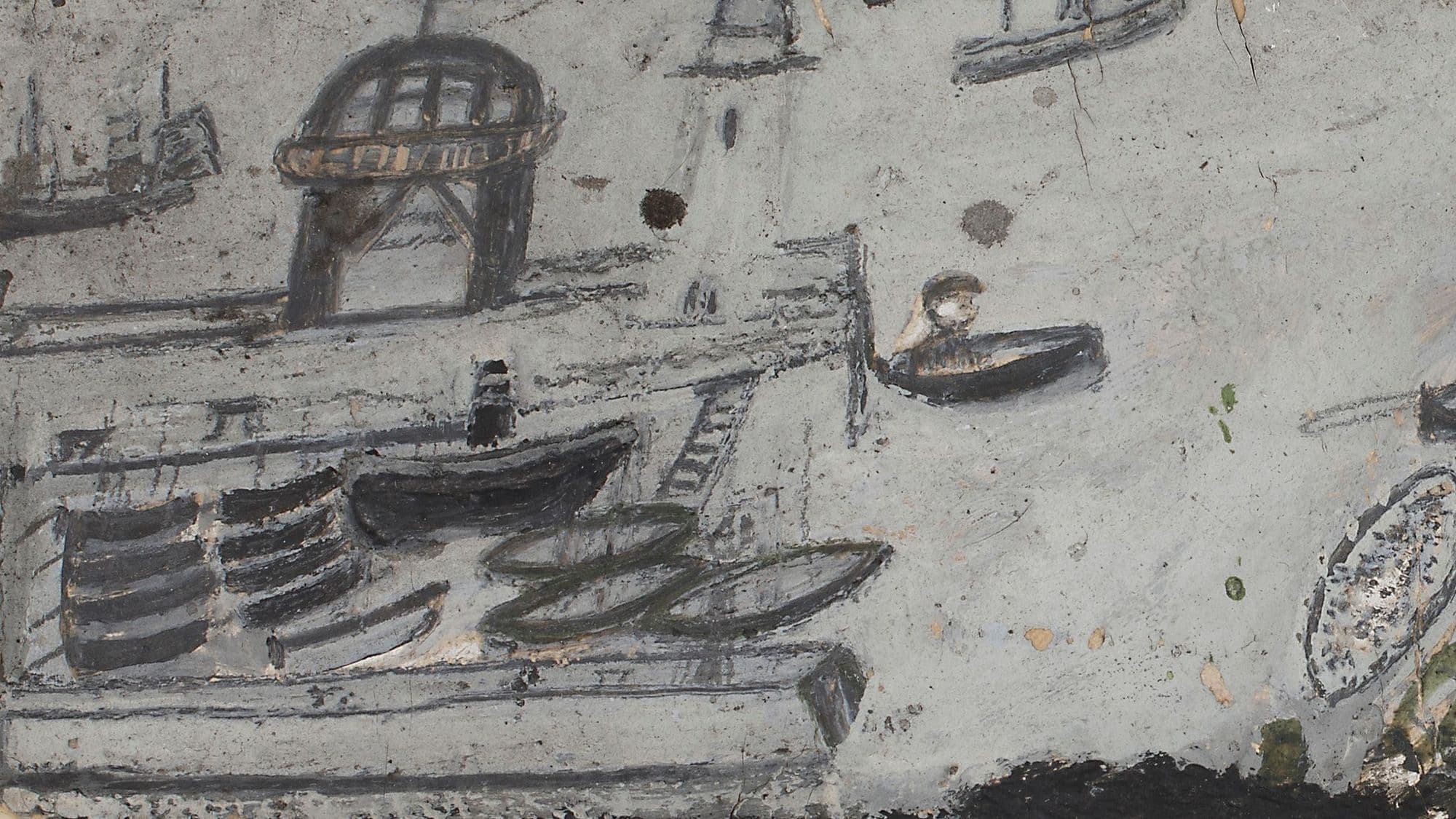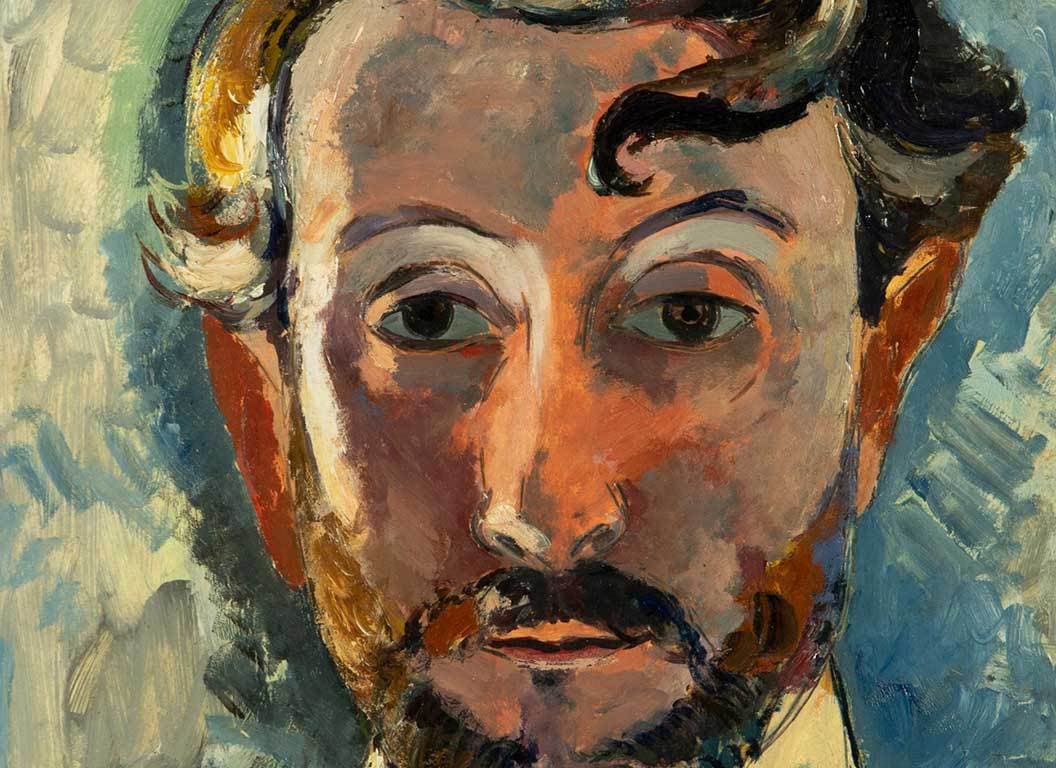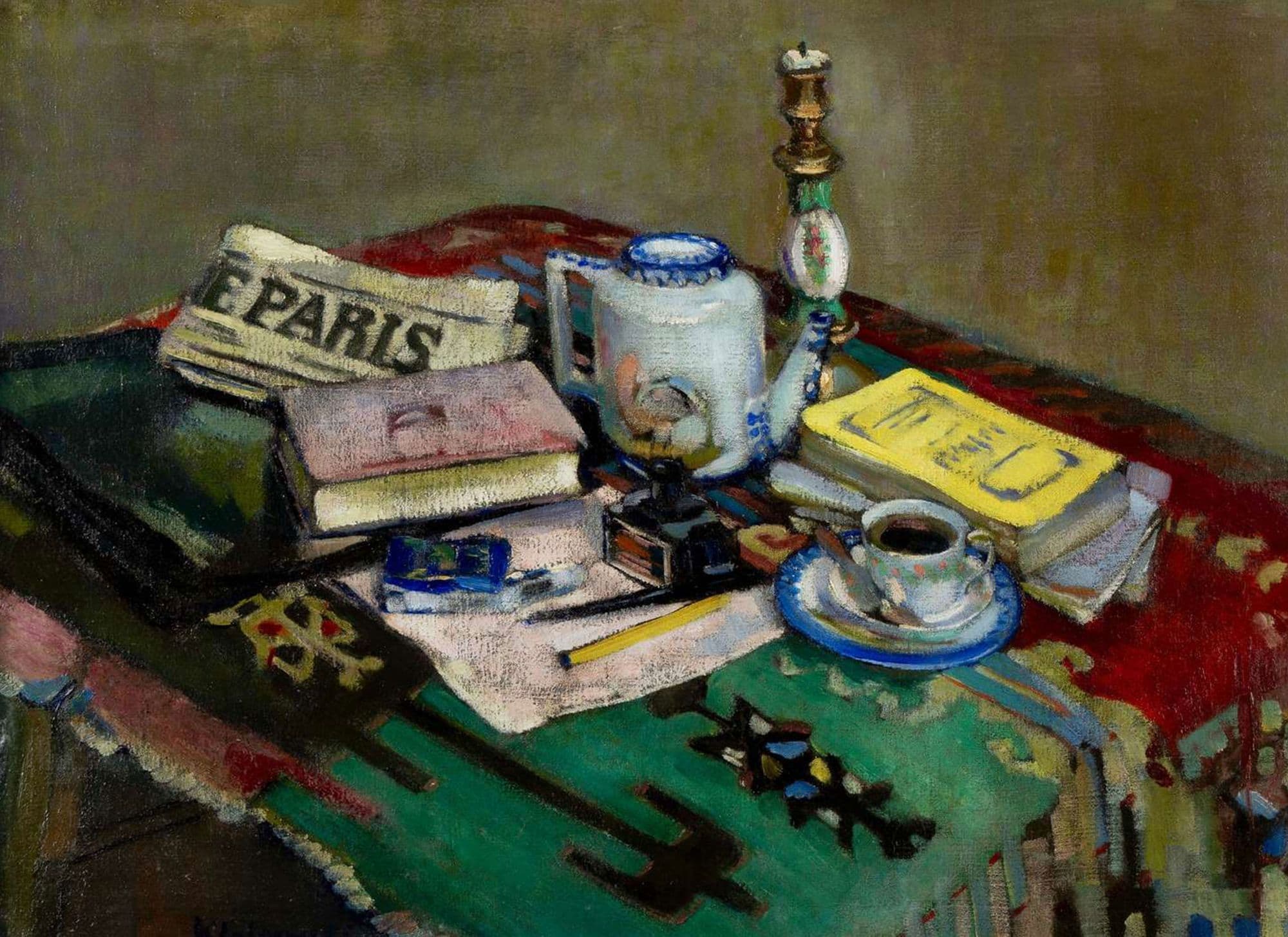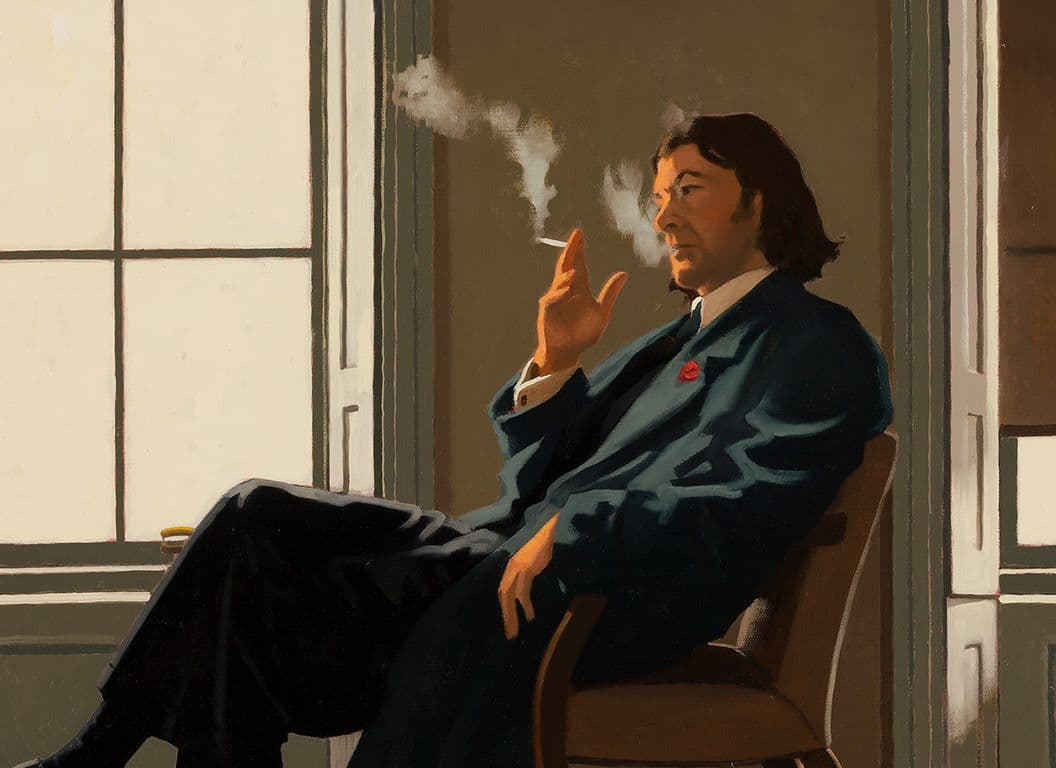Hilda Fearon made a lasting contribution to Modern British Art before her untimely death in 1917. Trained at the Slade and later in St Ives under Algernon Talmage, her work reflected British Impressionist influences and focused on scenes of women in domestic and leisurely settings. Fearon exhibited widely, including at the Royal Academy’s landmark 1910 Summer Exhibition, and earned a place in the Tate’s collection with The Tea Party
Hilda Fearon was born in Banstead, Surrey in 1878, the middle child in a family of five. From an early age she showed a talent for art and began drawing while still at school, making studies from the classical sculptures at the British Museum.
She entered the Slade School of Art and went on to study in Dresden under Robert Sterl. But it was her time under Algernon Talmage at St Ives from 1900 that had the most profound impact upon her art.
Over the next ten years Fearon's paintings were shown at the all principle London venues and also attracted attention in Glasgow, Dublin, Paris, Venice and Pittsburgh. She exhibited some 18 paintings at the Royal Academy, including at the renowned 1910 Summer Exhibition, which has been described as the highpoint of British Impressionism. In her subject matter Fearon specialized in images such as that shown, mainly of women at play and in middle-class domestic settings.
Tragically Fearon herself died prematurely at the age of only thirty-nine in 1917 and Talmage later presented her painting, The Tea Party, painted in the year before her death to the Tate Gallery.
